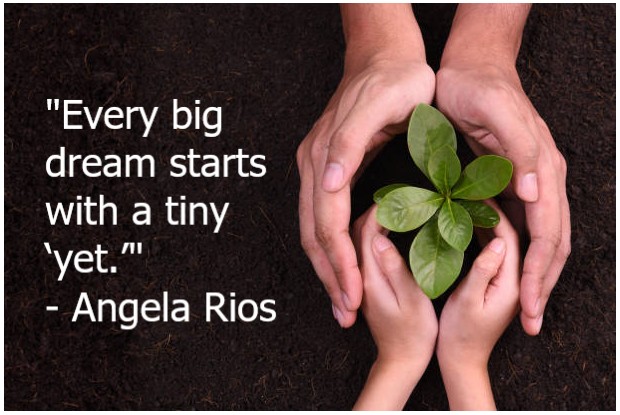
As a kindergarten teacher, I have learned that growth is not a destination, but a journey filled with discoveries, mistakes, laughter, and most importantly, learning. At this point in the ADL program, reflecting on the growth mindset helped me reconsider my role as a guide during the very first steps of my students’ educational journey. In our collaborative discussion, my classmates and I explored how this mindset transforms not only the student experience but also the way we, as educators, teach and receive feedback.
The word “yet” struck me deeply. I often hear my students say “I can’t,” and now I know how to help them add one powerful word: “not yet.” That small shift changes everything. It helps them understand that mistakes are not failures, but part of the learning process. As adults, we often take this lesson for granted, but for a five-year-old just beginning their education, knowing that making mistakes is okay can be incredibly powerful.
In the classroom, implementing a growth mindset means more than offering encouraging words. It involves designing activities where effort is valued just as much as results. It means allowing students to try again, revise their thinking, and celebrate personal progress not perfection. Adopting this mindset has also changed how I view professional feedback. I now see comments not as criticism, but as opportunities to improve and grow. This new perspective has given me more confidence to try strategies I’m still learning, even if they don’t work perfectly the first time.
Another important point we discussed is how the growth mindset can reduce anxiety around grades for both students and teachers. Although kindergarten doesn’t use traditional grades, we are constantly evaluating: Is this child on level? Do they need intervention? Are they falling behind? Fostering a growth mindset helps everyone children, educators, and families see learning as a continuous process. My students are not defined by a single assessment; they are learners growing at their own pace. My role is to nurture an environment where every step forward matters.
To deepen my understanding of this approach, I explored resources like Carol Dweck’s book Mindset: The New Psychology of Success (2006) and the video “Developing a Growth Mindset” from edutopia.org. These tools offered both theoretical grounding and practical strategies that reinforce what I already witness in my classroom: believing in students’ potential changes how they see themselves. I also appreciated the opportunity to reflect alongside my peers. This collaborative discussion reminded me that learning in community strengthens individual practice.
In conclusion, applying the growth mindset in my school environment allows me to support my students not only academically, but in building confidence, resilience, and independence. As an early childhood educator, I have the responsibility to plant the first seeds of this mindset. At the same time, I must live it myself: embracing failures, seeking new ideas, collaborating with others, and celebrating every step I take as a lifelong learner.
References
Dweck, C. S. (2006). Mindset: The New Psychology of Success. Random House.
Edutopia. (2015). Developing a Growth Mindset. https://www.edutopia.org/video/developing-growth-mindset
Grant, A. (2016). Why it’s time to forget the pecking order at work [Video]. TED. https://www.ted.com/talks/adam_grant_are_you_a_giver_or_a_taker